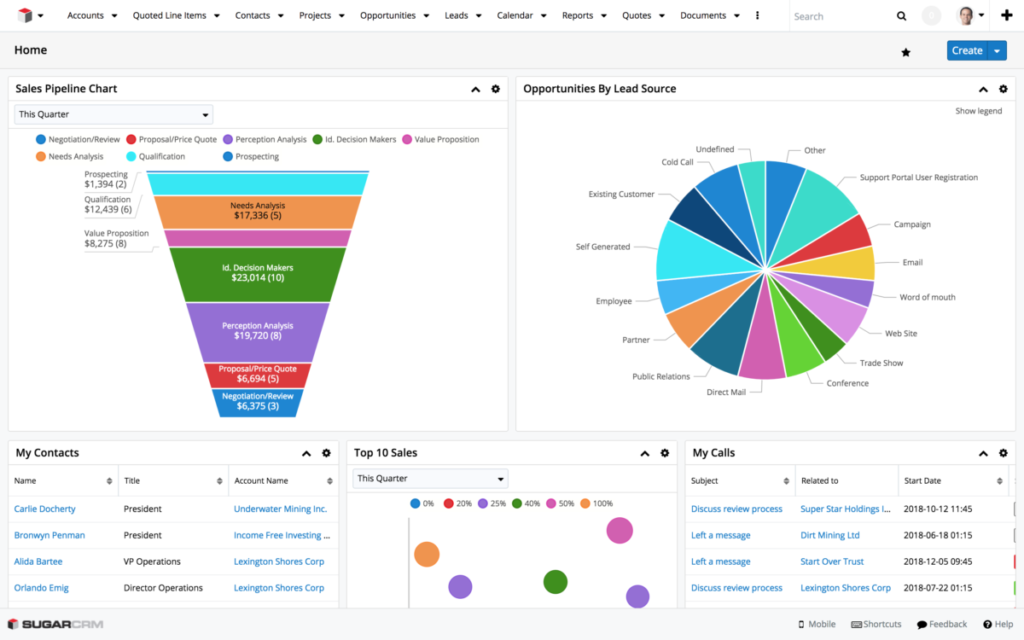02 Jan Destroying data silos with a CRM system
The co-called data silos are something very dangerous for your business. The phenomenon was well-described by prof. Karl-Eric Sveiby in his interview for Rzeczpospolita: “(…) it happens when a company consists of a separate, isolated business units. The employees and the managers are focusing only on their individual performance, especially if that correlates with their finances. The issue is that they rarely care about the business as a whole or about what follows after their job is done.”
The silos cannot be seen only from the perspective of individual organizational departments. They also occur in other aspects of business, including IT systems. Those related to data happen when a company collects huge amounts of information that never gets organized in the software. The analysis of these data is therefore ineffective. It is like hitting a concrete wall while trapped inside a silo.
Let’s take a look at the telephone exchange software, which collects and analyzes data on the number and length of phone calls made by the sales reps. Potentially it is possible to verify who “performs” best, that is, talks to clients the longest. However, after examining these data, one should ask themselves a pretty basic question: “So what?”.
If you are dealing with a silo and reach its walls, the question remains unanswered. The lack of a silo, on the other hand, allows you to combine the data with information about the values and quantities of sales from the CRM system. It might lead you to some surprising conclusions, for example that the best employee is not the one who makes the most calls. The length of the connection sometimes comes from the deficit of experience or simply dragging the conversation by the rep in order to buy some time.
The above example shows one of many types of data silos that can be found in organizations. Other may also concern:
- inventory levels, invoices and other information from ERP systems;
- communication with the customer via e-mail;
- Marketing Automation systems;
- various systems supporting sales and marketing.
The effect of data silos
Each software collects different types of data that are useful in implementing the Customer Relationship Management strategy. A skillful use of this information could have a positive impact on the quality of customer service and sales volume. However, this often does not happen. In most cases, there is no need for each employee of sales and marketing to have access to all systems that operate within the company. This apparent order often means that coworkers do not exchange information with each other. And even if they do, the lack of computerization of this exchange and its capture from the Big Data perspective means that it does not provide reliable knowledge helpful in making the right management decisions.

3 steps to destroy data silos with CRM systems
The tool that will help you destroy the data silos in your company is the CRM system. It is the global center of information about your customers. Pay attention to the three steps below.
Step 1. Analysis of the needs
The success of any CRM implementation lays in the proper analysis of business needs. It helps to determine the milestones on the way to destroying data silos. In the course of such analysis, it is necessary to identify which systems operate in the company and what information they collect about the customers. Then, it is important to set the goals and determine how they could be achieved by leveraging the data gathered in the system. The sales reps might benefit from tracking website hits. The managers take advantage from the reports showing which marketing channels are the most effective and should be subsidized in the following budget year.
Step 2. Software integration
The second step is the integration of IT software. As CRM is the main data carrier, necessary information from other solutions needs to be sent to this system. In some cases (marketing automation) the integration should be two-sided. Nevertheless, the focus should remain on the fact that the information sent to the CRM system has to be properly sorted, presented to users and provide access to a wide analysis.
Step 3. Big Data and reporting
The last, but the most important step is to use the analytical and reporting capabilities of the CRM system. This approach allows connecting the data and finally drawing accurate business conclusions. Just the fact that in the CRM system you get information from other solutions, does not yet provide a competitive advantage. That can be achieved when the information obtained from various places, helps to make management decisions. Such a broad perspective provided by Big Data, is the greatest force of demolishing data silos in organizations.
At this point, it should be noted that not all CRM software on the market is ready to meet the requirements for multi-faceted data analysis. Therefore, systems should be chosen wisely, looking through the prism of all the possibilities that they can provide today and in the future.




